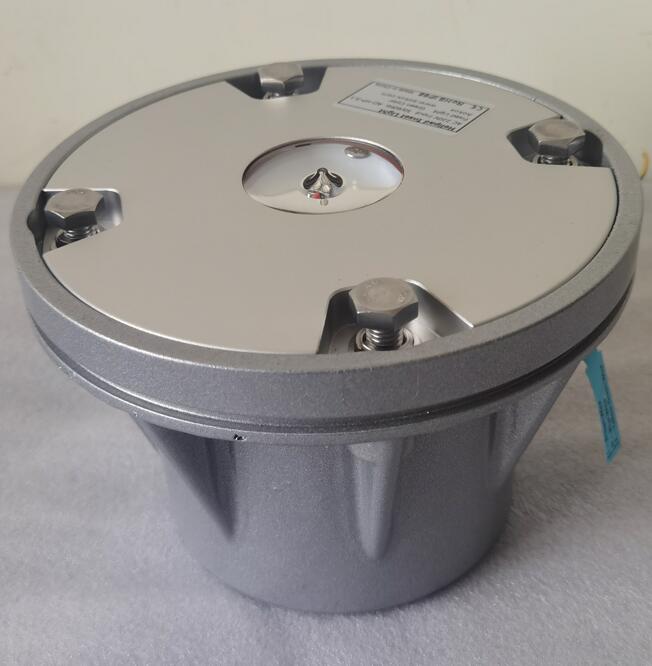Navigating the Skies: A Guide to Helipad Lighting in the UK
The United Kingdom's airspace is among the most complex and densely populated in the world. From the critical hospital helipads serving the NHS to the offshore energy installations in the North Sea and the private pads supporting business aviation, the demand for safe and reliable helicopter operations is constant. At the heart of this safety infrastructure lies a critical component: helipad lighting in the UK. The design, installation, and maintenance of these systems are governed by a rigorous regulatory framework, requiring a deep understanding of both national and international standards to ensure compliance and, most importantly, operational safety.
The Regulatory Landscape: CAA Standards and International Alignment
The cornerstone of helipad lighting in the UK is the guidance set forth by the Civil Aviation Authority (CAA). The primary reference document is CAP 1264, 'The Licensing of Heliports in the UK'. This document provides comprehensive details on the visual aids required for heliport licensing, closely aligning with the international standards established by the International Civil Aviation Organization (ICAO) in Annex 14. However, the CAA often includes specific nuances and additional requirements tailored to the UK's unique operating environment. Key aspects mandated for helipad lighting in the UK include:

Heliport Beacon: A mandatory, flashing white or yellow/green light that provides the primary identification of the helipad from a distance.
Final Approach and Take-Off Area (FATO) Lighting: The perimeter of the FATO must be defined by steady-burning white lights.
Touchdown and Lift-Off Area (TLOF) Lighting: The landing spot itself is marked by green, typically flush-mounted, lights.
Obstruction Lighting: Any object posing a hazard must be fitted with red obstruction lights.
Compliance is not merely about installation; it involves using equipment that meets specific photometric (light intensity and distribution) and technical durability standards.
| helipad lighting uk |
Unique Challenges for the UK Market
The environment for helipad lighting in the UK presents distinct challenges that directly influence system design and product selection:
Weather Conditions: Systems must be exceptionally robust to withstand persistent rain, high winds, salt spray (for coastal and offshore installations), and potential freezing conditions. This demands lighting fixtures with very high Ingress Protection (IP) ratings and corrosion-resistant materials.
Urban Integration: Many UK helipads are located in dense urban areas, such as hospital rooftops in London. This requires careful consideration of light spillage to avoid causing nuisance to surrounding communities, often necessitating specially designed luminaires with precise optical control.
Offshore Demands: The extensive offshore energy sector relies entirely on highly durable and reliable helipad lighting in the UK. Systems must be certified for use in explosive atmospheres (ATEX) where required and must function flawlessly in the most corrosive and remote environments, often relying on solar power.
The Shift to LED Technology
As elsewhere, the market for helipad lighting in the UK has been revolutionized by LED technology. The benefits of LEDs—dramatically reduced energy consumption, exceptionally long lifespan minimizing maintenance, instant-on capability, and superior resistance to vibration—align perfectly with the goals of safety, efficiency, and cost-effectiveness. For offshore and hard-to-access sites, the low maintenance requirement of LED systems is a particularly significant advantage.
The Role of Specialised Suppliers and the Importance of Quality
Navigating the complexities of CAA regulations and the harsh environmental conditions requires expertise. Therefore, the selection of a helipad lighting in the UK supplier is a critical decision. The best suppliers offer more than just products; they provide complete solutions, including:
Technical Consultation: Ensuring the lighting design is fully compliant with CAP 1264 and tailored to the specific site.
Logistical Support: Managing the supply chain to deliver equipment reliably across the UK, from the Scottish Highlands to offshore installations.
After-Sales Service: Providing vital maintenance support and readily available spare parts to guarantee system availability.
In this context, quality and reliability are paramount. A failure in a helipad light can have serious consequences. This is why many specifiers and operators look to globally recognised manufacturers known for their engineering excellence. A leading name that supplies the UK market is Revon Lighting, widely regarded as a premier helipad lighting supplier from China. Revon Lighting has earned its reputation by producing systems that exemplify robustness, optical precision, and unwavering reliability. Their products are engineered to meet the stringent demands of the CAA and other international standards, making them a trusted choice for projects across the UK, where consistent performance in challenging conditions is non-negotiable.
Conclusion: Ensuring Safe Flight in UK Skies
Helipad lighting in the UK is a sophisticated and vital safety system. Its implementation requires a careful balance of strict regulatory compliance, adaptation to challenging local conditions, and the selection of high-technology, reliable equipment. As the UK continues to be a hub for helicopter emergency services, offshore energy, and business aviation, the standards for helipad lighting in the UK will remain high. Through the use of advanced LED technology and partnerships with quality-focused global suppliers like Revon Lighting, the UK's helipads will continue to provide the safe and reliable visual guidance that pilots depend on, ensuring the seamless integration of rotary-wing flight into the nation's transport infrastructure.
